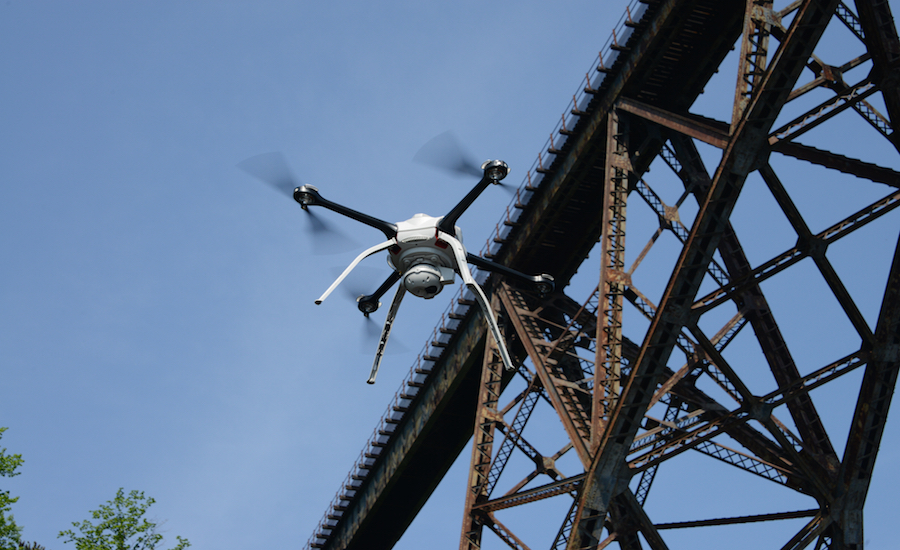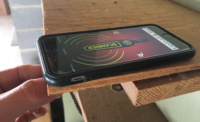The year in construction technology saw robots being used on more job sites in the real world, powerful data-aggregation applications adopted to save time and drones taking to the air above many jobsites, despite lagging guidance from the Federal Aviation Administration.
More unmanned aerial vehicles, or drones, are used on job sites today than a year ago, and most aren’t, strictly speaking, legal. On the positive side, 2,672 more of them are legal than a year ago. The FAA states that it approved that many Section 333 petitions, as of Dec. 18—an exception that allows companies to fly commercially.
On the regulatory side, the Federal agency proposed a $1.9-million fine to one company, for unauthorized flights, it also limited the uses of certain commercial drones and recently announced that all drones, hobbyist or not, must be registered.
Drones aside, two other trends that emerged from ENR’s 2015 tech coverage: The first is applications aggregating available data to solve real problems; the second is robots being put to work on the job.
One of those data aggregation applications is called the Quartz project and is a Google-funded catalog of building materials that makes possibly hazardous component substances within them public knowledge. Quartz does this by aggregating data gathered by the Healthy Building Network (HBN), Washington, D.C., and Thinkstep, a sustainability-software developer based in Stuttgart, Germany. The catalogue of 100 generic, non-manufacturer-specific products is available here.
The Environmental Defense Fund, a non-profit environmental advocacy group, developed another data-aggregation application to map methane emissions from buried gas pipelines and track greenhouse gasses. New Jersey-based Public Service Electric & Gas Co. has begun using that mapping data to help prioritize replacement of 510 miles of gas mains and 38,000 service lines.
Another app helps transit agencies plan bus routes by simplifying a lot of processes and data gathering previously done on Excel spreadsheets. Remix is an app developed in a hackathon. It computes all possible public transportation bus routes and includes total cost and number of buses. Transit agencies across the country, such as Gold Coast Transit, Camarillo, Calif., and the New Orleans Regional Transit Authority have started to use the app.
Robots turned up on jobsites this year than in any year before. In some cases robots are performing tasks that humans can’t do, like RODIS, a remotely operated diagnostic inspection system created by Diakont, St. Petersburg, Russia. The Trans Alaska Pipeline System used the robotic pipe-pigging system to get a total picture of the inside of some of its oil pipes, saving $70-million in construction costs for invasive-pipe surgery.
A bricklaying Semi-Automated Masonry machine (SAMI) uses a map of the wall it's building, along with a laser for guidance and control, to work beside human masons on real-world jobsites. SAMI and its iterations were in high demand this past year and were seen on sites from Ft. Collins, Colo., to New York City.
Another robot performing work beyond human limitations is the Aerial Robotic Infrastructure Analyst (ARIA) developed at Carnegie Mellon University's Robotics Institute, Pittsburgh. ARIA is a UAV with an onboard laser scanner that collects 40,000 x-y-z points per second to build a point cloud of its surroundings. In tests this year, the point-cloud data was used for more than real-time navigation. Researchers used the data to map hard-to-reach areas like the underside of bridges.





Post a comment to this article
Report Abusive Comment